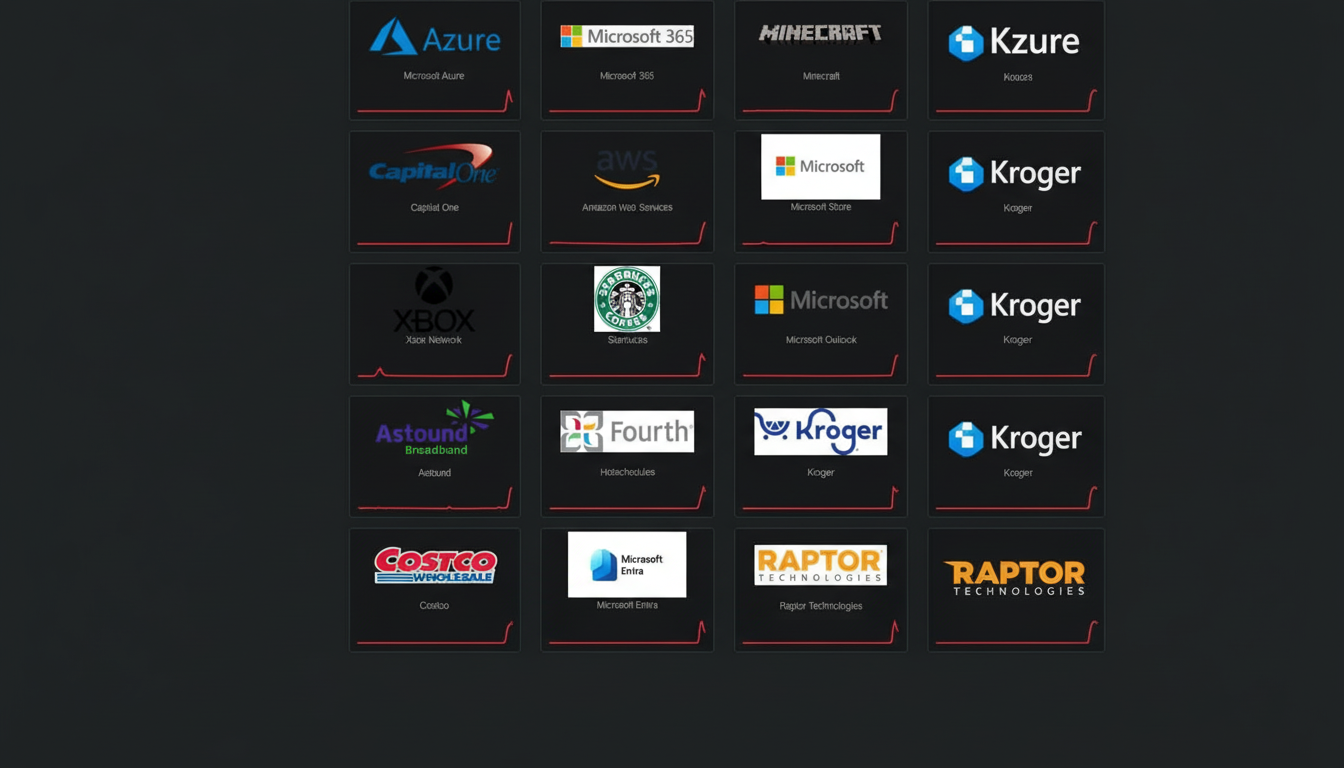Internet Pioneers Warn Open Web Is Eroding
At a rare gathering of internet trailblazers, the verdict on the state of the “open” web was blunt: the connective tissue that made the web transformative is thinning, and the most reliable information is increasingly locked behind paywalls while low-quality content spin is unfettered.

Veterans including Vint Cerf, Brewster Kahle, Cindy Cohn, and Jon Stokes sketched a sobering diagnosis built around three forces—centralization, copyright, and competition—that are reshaping how knowledge is produced, discovered, and funded online.
Their message landed with the urgency of a breaking alert. What began as a permissionless, interoperable network is being re-siloed by platforms, legal constraints, and business incentives that reward enclosure. The result, they warned, is fewer paths to trustworthy information and more power concentrated in a handful of intermediaries.
Centralization is squeezing discovery and publisher reach
Once, a homepage and a blogroll could launch a million ideas. Today, algorithmic feeds, app stores, and vertically integrated ad stacks mediate attention. As Stokes noted, self-publishing still functions—domains are inexpensive and plentiful—but the discovery layer has become more concentrated.
A tale as old as the internet says “the feed has replaced the homepage”—not just a witty quip; it marks a structural shift that funnels traffic toward a few platforms.
Search is also evolving. There is growing concern about the decrease in click-through traffic to the original publisher because AI-generated results from top-level engines are the only thing many users see. This is not just speculation: algorithm changes have reportedly reduced the sharing of certain newsrooms by more than ten percent. It is a shock that echoes throughout a system that requires platform stability for the dissemination and revenue it provides.
Cerf’s reminder was simpler but foundational: the point of the internet is the easy ability to connect everything with everything else. Cutting that ability—through walled gardens, regional fragmentation, or technical lockdowns—means sacrificing resilience and serendipity for control: short-term control that might ultimately stifle the very insightful agencies the network was created to unleash.
Copyright rules and licensing battles are tilting the field
Copyright rules tilt the field. The original set of assumptions favored distributed distribution, edge creativity, and broad experimentation. But courts started closing vital access.
The Supreme Court’s 2005 MGM v. Grokster decision addressed platform liability for user actions, and subsequent administrations thinned out open-ended tools that have been used for piracy as much as for legitimate inquiry and speech.
Libraries have been caught in a bind. The Internet Archive’s controlled digital lending model—the method: buy a copy of a book, lend a secured digital scan—has been tested in federal court, which largely supports a system where licenses and technological locks regulate the cycle of knowledge.
As Kahle said at RITcon, data increasingly lounges behind paywalls at a time when slander is free to maneuver, and that system rewards virality over validation.

The puzzle is common. The Archive keeps an index of more than a trillion web pages and several million references to preserve historical understanding, but contemporaneous access to verified coverage and analysis is increasingly restricted.
The Reuters Institute’s Digital News Report produces data every year analyzing news use in several markets. Last year, it found across 13 countries that about 17% of people pay for online news—21% in the U.S.—meaning the business model that supports broad, high-quality news is maintained by a minority, while others rely on lighter, often ad-supported access.
Competition and powerful gatekeepers shape the web’s terms
Concentration in ad tech, mobile ecosystems, and search has worsened the issue. Antitrust actions by U.S. regulators against dominant operators and the EU’s Digital Markets Act highlight increasing worry that a few gatekeepers determine the terms of discovery, dissemination, and monetization for the whole web.
Competition policy, as the panelists recognized, is not nostalgia; it is infrastructure. When a single firm can choose how news is discovered, how applications are distributed, or how developers are rewarded, the web’s promise of many-to-many interaction is diminished to many-to-one-to-many.
When one node is more powerful than all the others, it becomes a sink and destroys all the rest. That imbalance influences motivations, driving everything away from slow, corroborative reporting and toward productivity hacks.
Paths back to an open web through interoperability and policy
Fortunately, there are signs of hope.
Decentralized networks and public data resources
With creeping innovation, decentralized social networks such as ActivityPub and growing federated networks demonstrate how interoperability can help reduce lock-in. The decentralized web is being researched by the Internet Archive and other research institutions. Common Crawl and academic repositories provide foundational content for search and learning that is available outside of walled systems.
Policy changes that can strengthen the open web
Internet policy can have a positive impact. Clarify access to data, the definition of “public,” and the nature of markets around large-scale media and technology. Define where boundaries might add value for all of society.
The pioneers’ mourning is not a tribute. It is a message to remake the connective tissue—technical, legal, and economic—that made the web an engine for learning and civic life.
- Keep the network interoperable.
- Safeguard libraries.
- Restore competition.
If the open web can still be a place where truth moves farther and faster than lies, the next chapter can still be written with those principles in mind.

